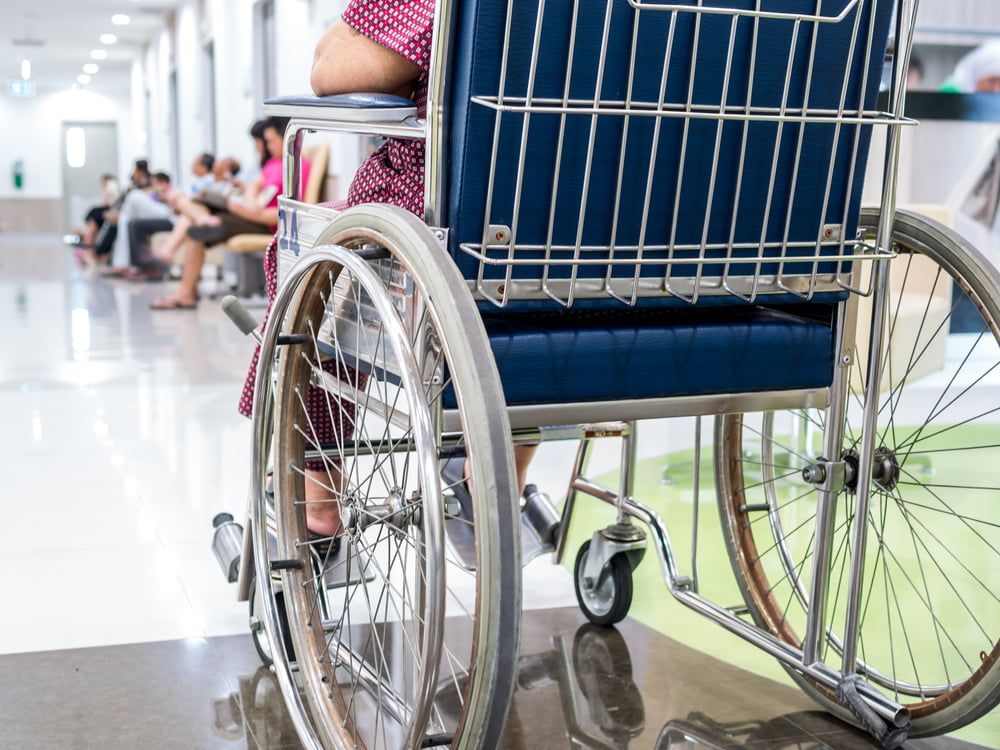The transport of people who use a wheelchair must of course be done safely. The driver's consideration whether or not safe transport is possible for its passenger is finally getting a more important status. In order to also be able to offer safe transport to those passengers who, due to the nature of their disability or the design of their wheelchair, do not have a certified wheelchair, the VVR code was adapted from 1 January 2022. The basic principle of the VVR code remains to provide practical tools for achieving safe transport for the widest possible group. Nevertheless, the driver's assessment is becoming increasingly important and his own responsibility for the safety of the passengers is becoming increasingly important. It is important that he or she can make a correct assessment on the basis of the code whether safe transport is possible.
Code VVR
The stakeholders of the 'Code for the Safe Transport of Wheelchair Occupants' (Code VVR) do their utmost to ensure the safe transport of wheelchair occupants. The result of this is a code, that guides the handling of wheelchair occupant transport and describes the responsibilities that accompany it. To provide more clarity to both passengers and carrier, the In recent years investigated which possibilities and impossibilities arise in practice. Er are veel had conversations with stakeholders and much has been achieved.
Manufacturers have investigated several complex combinations of wheelchairs to make them crash-test safe, information was given and transporters followed training. aboveserve (even) more insight has been gained into the complexity of practice and legislation. This updated versie of the Code VVR was established under the responsibility of the 'Platform Code VVR', consisting of TX-keur, employee organizations FNV and CNV, Royal Dutch Transport and the trade association for rehabilitation and mobility aids Firevaned. The update took place within the Working Group Code VVR, which involved collaboration with the Human Environment and Transport Inspectorate (ILT) and, for the input of the passenger perspective, with the umbrella organization of the disabled and patient organizations Elke(In) and the elderly organization KBO-PCOB.

This updated VVR Code is a direct continuation of the VVR Code that was set up in 1999/2000 with government support by a selection of field parties in collaboration with the KBOH knowledge institute, which in 2007 was merged into Vilans, a knowledge center for long-term care. The code has been updated to reflect the current state of insights and legislation and regulations.
security
Wheelchair occupants can expect to receive the same level of protection as non-wheelchair-bound passengers. We call the latter the principle of equality and this code is partly based on these two principles. The accessibility principle from the UN Convention on Rights for People with Disabilities states that everyone has the same rights with regard to accessibility and participation in society. This includes the right to free choice of means of mobility. Safe transport consists of a chain of the wheelchair passenger, wheelchair, restraint system, vehicle, driver and carrier. The weakest link determines the safety of transport. In order to ensure that safety does not suffer from ignorance, haste and indulgence, the VVR code has long stated the requirements for the transport of wheelchair occupants. If the wheelchair occupant cannot be transported safely, the transport must be refused in the interest of all parties. Transport safely or don't transport!
Also read: Driving judge rules on VVR code



